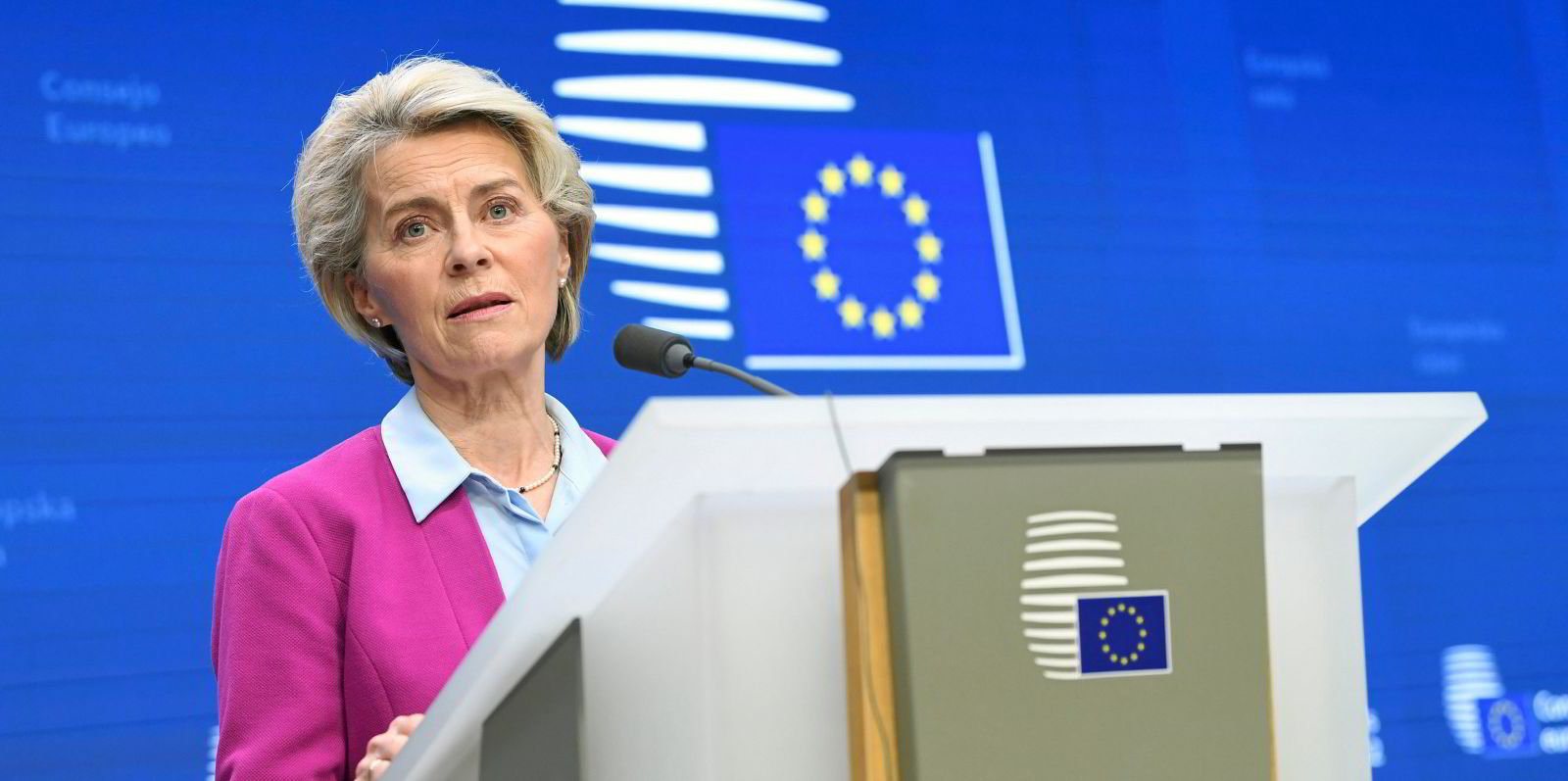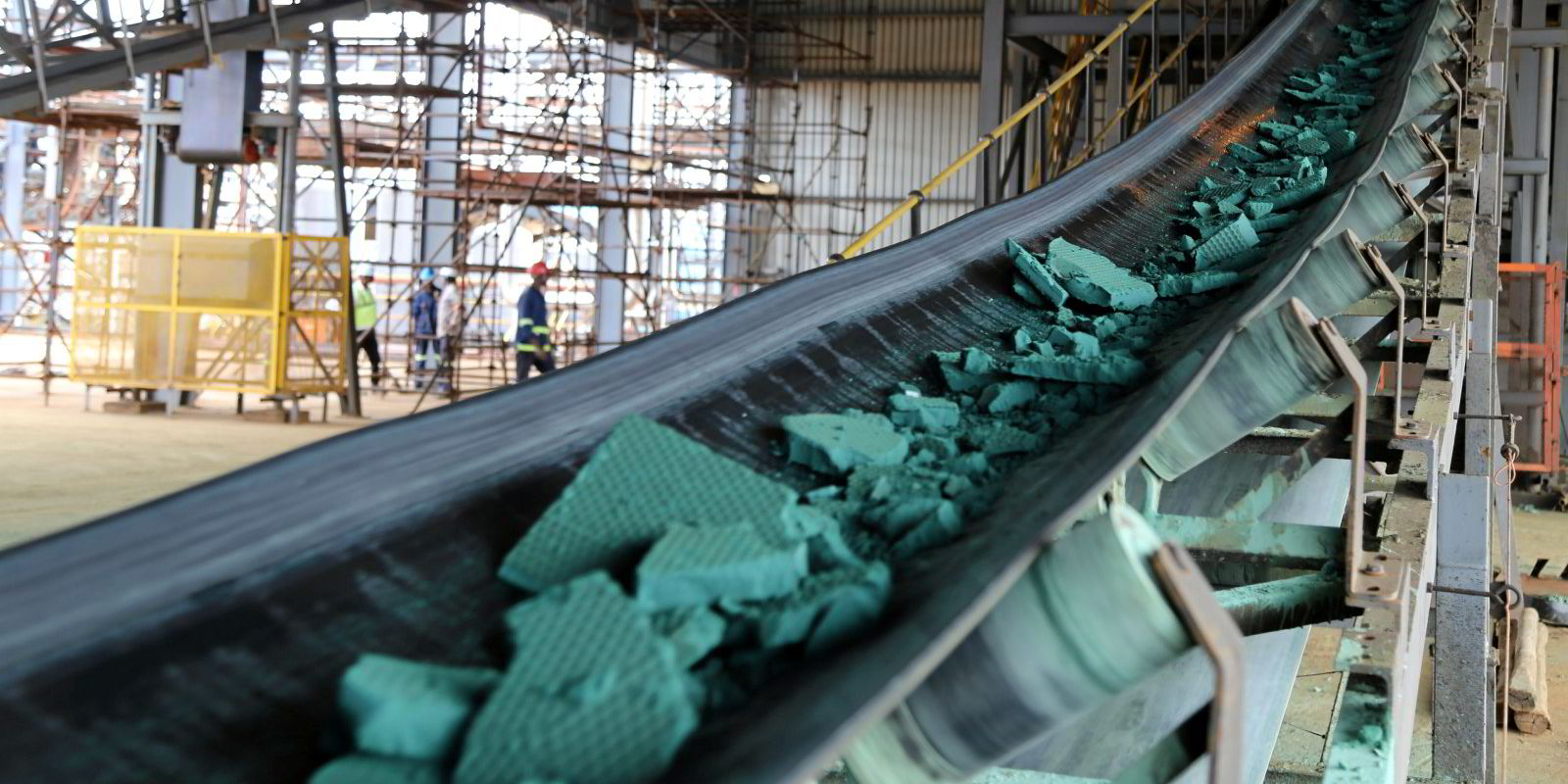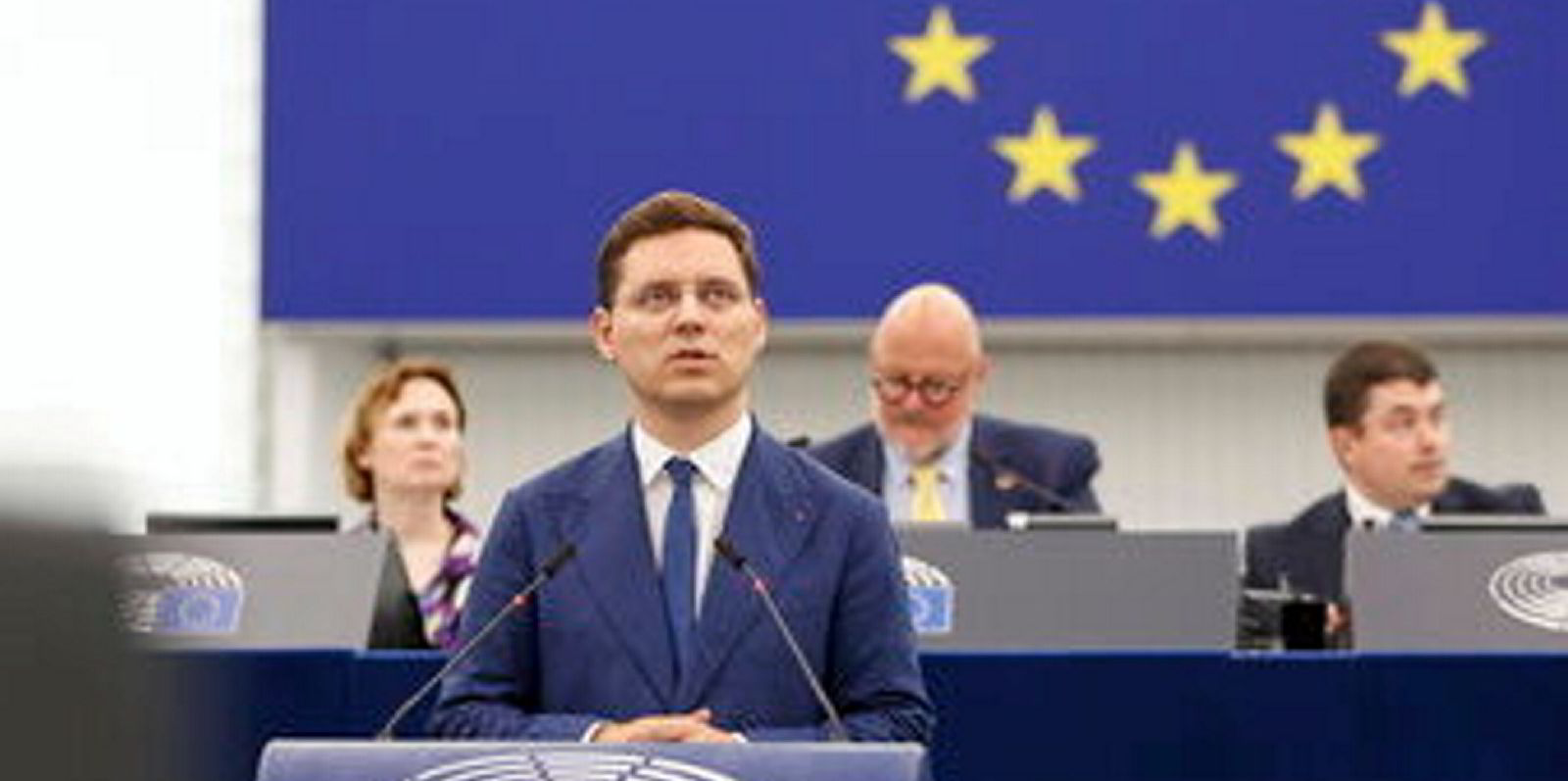Demand for lithium-ion batteries in energy storage systems and electric vehicles is set to skyrocket and the West must step up its recycling efforts if it is to escape China’s chokehold on the supply chain, says an industry expert.
By 2030, it is expected there will have been a more than sixfold increase in demand for lithium-ion batteries, up from 700GWh today to around 4.7TWh.
With this “extremely high demand" coming down the road, Stephen Hayward, vice president of global operations at Singapore-based battery recycling firm Green Li-ion, tells Recharge that the West faces a challenge in securing the critical materials it needs to meet it.
Western governments including the US and those in the EU that don’t have access to huge reserves of lithium – dubbed “white gold” due to its value and silver colour – must therefore “absolutely rely on battery recycling,” said Hayward.
“It’s becoming about the ability to secure your supply chain without having to depend on an outside region.”
This is especially true "in a geopolitical environment like today,” said Hayward, a world in which Russia’s invasion of Ukraine and the subsequent energy crisis in Europe brought terms like friendshoring and nearshoring into the mainstream.
The West's relationship with China is also fraught. Hayward highlighted China’s move in October to place export controls on graphite, another key battery material, as an example of how securing a country’s supply chain is key to its energy security.
China only holds around 7.7% of the world’s lithium reserves, behind Chile, Australia and Argentina. But it has roughly two-thirds of the world’s lithium processing capacity, the ability to turn that white gold into battery-grade material.
The US has made strides to rectify that through its landmark Inflation Reduction Act climate law, looking to ramp up its own battery manufacturing capacity, said Hayward.
But as long as China continues to dominate the sector, Hayward said what is crucial to countries is a key term being thrown around in the battery industry today: “circular economy”.
This means that at the end of a battery’s life – whether that be in a Tesla Megapack, an electric vehicle or an e-scooter – the lithium is recycled and put to use in a new battery without leaving the region.
And there will be a lot of lithium to recycle. By the end of the decade, the world is expected to have generated more than 11 million tonnes of used lithium-ion batteries.
Currently, Hayward said that this “black mass” – a combination of lithium and other metals like manganese and cobalt – that is left by used batteries that are then crushed or shredded ends up getting “shipped back to Asia most of the time” for the recycling process.
Supply chain concerns aside, “how green are we really if we need to put things back in a ship and send it across the ocean 25,000 miles” to recycle them, he asks.
Green Li-ion, which raked in $20.5m in funding from investors including Norwegian energy giant Equinor last year, has developed a technology through which it says it can recycle 100% of this black mass into battery-grade material.
Green Li-ion is not unique in this, but Hayward said that what makes it “a bit different” from other companies is that rather than setting up its own recycling plants it licences out its tech to companies who can then recycle batteries in-house.
Hayward is not worried about competitors. With 11 million tonnes of black mass coming down the road and “meagre” recycling capacity in place at the moment there will be plenty to go around.
“The bigger challenge” is having enough companies across the sector who can take it all and “keep that black mass” within the region it was used to recycle it locally.
“That is where there needs to be much faster development and more infrastructure in place today.”





